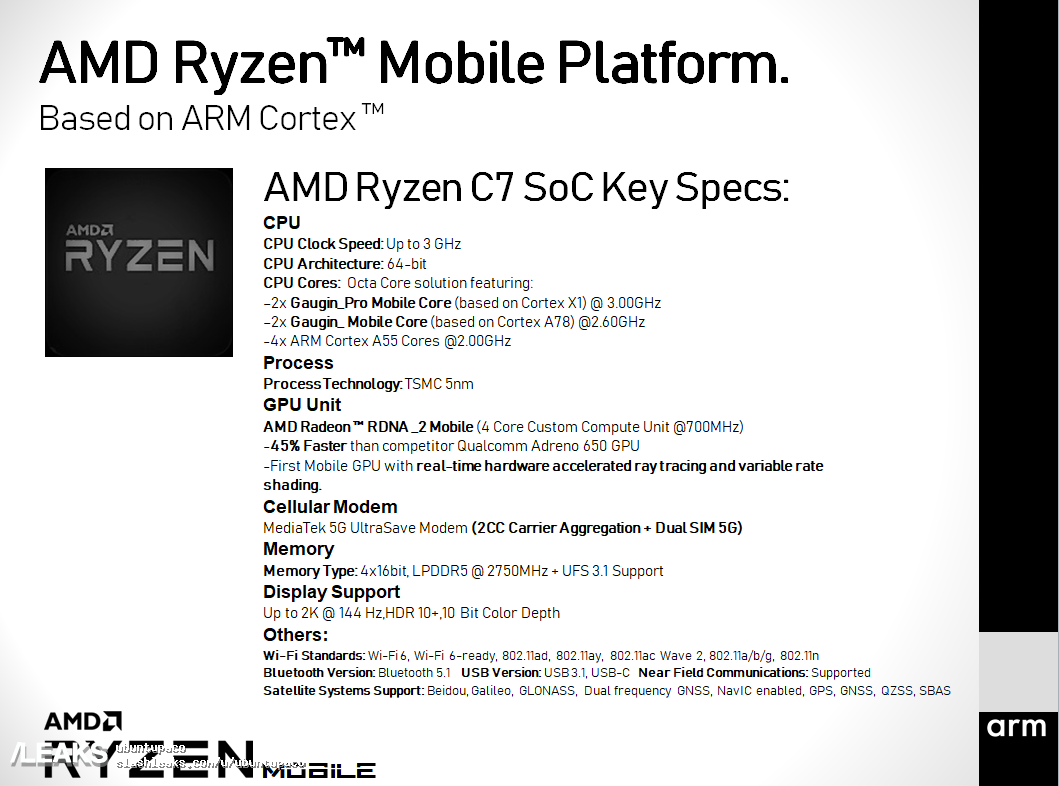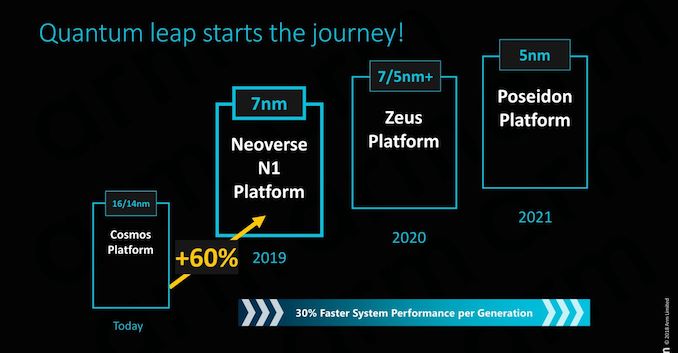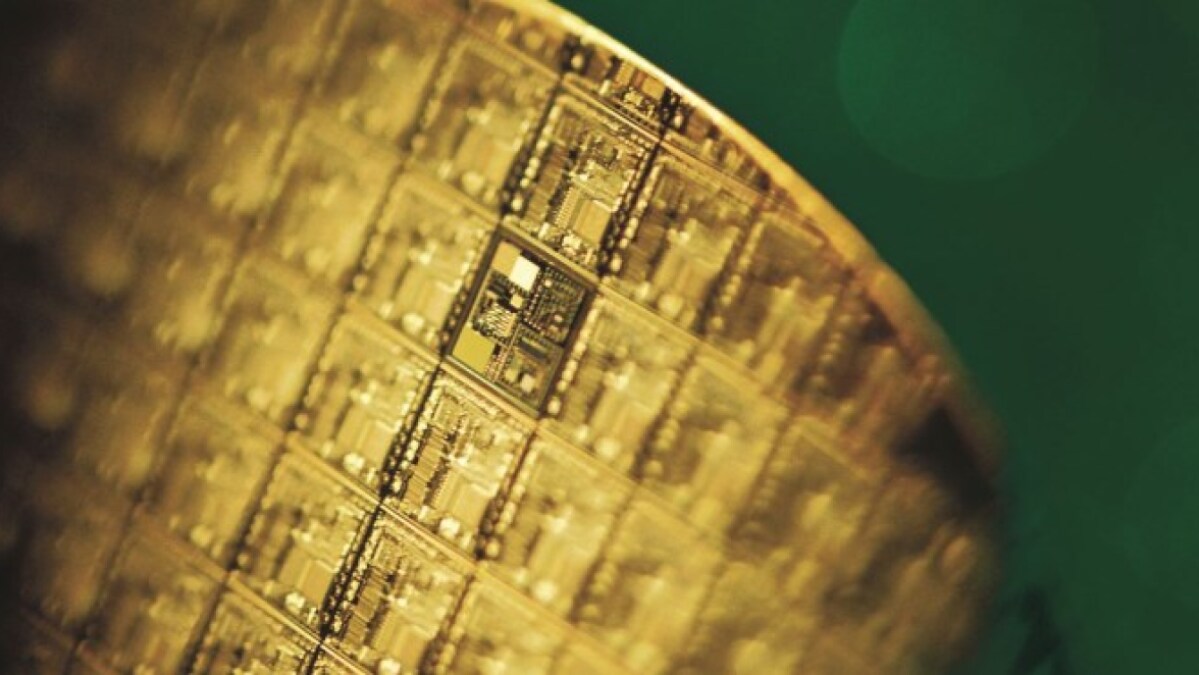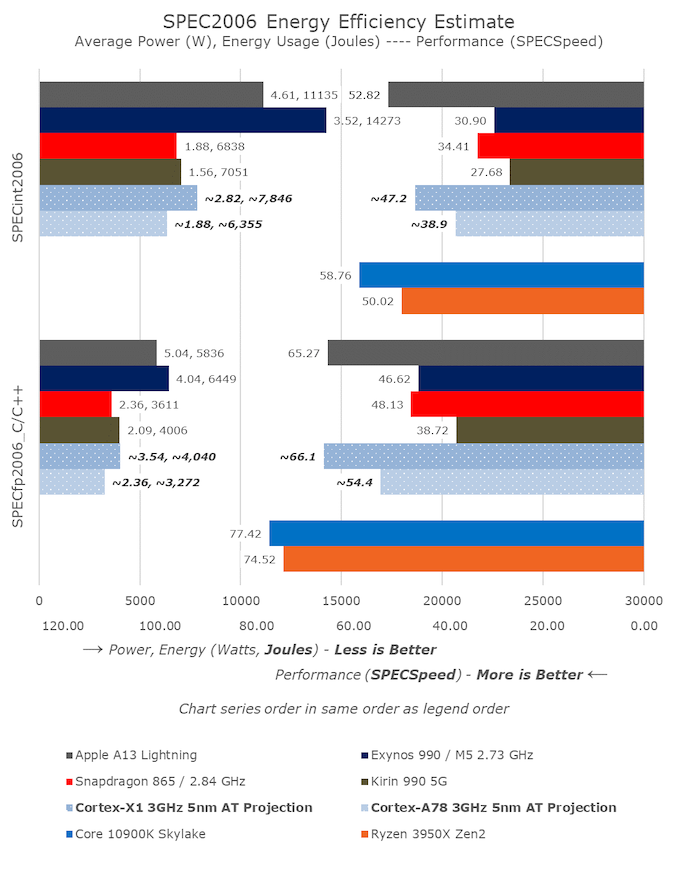Hi,
this topic is about yesterdays ARM big announcement - Cortex A78 (which was expected by everyone) and Cortex X1 (which was surprise, I couldn't find any leaks or gossips about new, big core from ARM, closest thing I could find are some extremply sparse info about next year Mattlehorn core). Link to AnandTech article:
 www.anandtech.com
www.anandtech.com
What surprised me is the fact that ARM decided to unveil Cortex X1 now. Currently, in mobile you have low performance Cortex A55, high performance A78 (A77 is described as "Leadership performance and efficiency for 5G mobile solutions ") and even higher performance X1. From my point of view, we lack medium core, which cxould be used in mid range SoC (Snapdragon 600, Kirin 600 and so on). I'm aware that Cortex A78 couldn't have same performance as A77 (but lower area and power consumption, shifting into middle core), because it would force ARM clients into noticeably bigger and more power hungry X1. This (pretty much forcing into X1) could negatively reflect on ARM-client relationship in future.
Next year ARMv9.0 should be announced, so, honestly, I expected new cores (huge, medium, small) to be released then. I think new small core will be mandatory, because there might be some problems with big.LITTLE combining ARMv8.2 and v9.0 cores (at least I assume so).
Another things, it's interesting to whether manufacturers will decide to go for X1 or stick with A78. I think all of them might jump on X1 train to not be left behind in benchmarks ("...but new Exynos is so slow, new Kirin/Snapdragon is 20% faster") with tri-cluster solutions (A78 would act as medium core, X1 would replace current A77 with higher clock speed), while mid-high (Kirin 800, SD700) series will adopt A78 + A55 combo.
What are your thoughts on this?
<<I'm just tech enthusiast, so pretty sure I'm wrong somewhere. Point it out or disregard it >>
>>
Edit:
"What’s really shocking here is how close Arm would be getting to Intel and AMD’s current best desktop systems in terms of performance. If both incumbent x86 vendors weren’t already worried about Arm’s yearly rate of improvement over the last few generations, they should outright panic at these figures if they actually materialize – and I do expect them to materialize. "
Love this part. Considering vast majority of people use browser, Office and some minor programmes, is it pretty much safe to say we reached the point where we can shift from x86 to ARM? Yes, pro software and games would stay on x86 for now, but everyone else could migrate to ARM without any problem.
this topic is about yesterdays ARM big announcement - Cortex A78 (which was expected by everyone) and Cortex X1 (which was surprise, I couldn't find any leaks or gossips about new, big core from ARM, closest thing I could find are some extremply sparse info about next year Mattlehorn core). Link to AnandTech article:
AnandTech Forums: Technology, Hardware, Software, and Deals
Seeking answers? Join the AnandTech community: where nearly half-a-million members share solutions and discuss the latest tech.
What surprised me is the fact that ARM decided to unveil Cortex X1 now. Currently, in mobile you have low performance Cortex A55, high performance A78 (A77 is described as "Leadership performance and efficiency for 5G mobile solutions ") and even higher performance X1. From my point of view, we lack medium core, which cxould be used in mid range SoC (Snapdragon 600, Kirin 600 and so on). I'm aware that Cortex A78 couldn't have same performance as A77 (but lower area and power consumption, shifting into middle core), because it would force ARM clients into noticeably bigger and more power hungry X1. This (pretty much forcing into X1) could negatively reflect on ARM-client relationship in future.
Next year ARMv9.0 should be announced, so, honestly, I expected new cores (huge, medium, small) to be released then. I think new small core will be mandatory, because there might be some problems with big.LITTLE combining ARMv8.2 and v9.0 cores (at least I assume so).
Another things, it's interesting to whether manufacturers will decide to go for X1 or stick with A78. I think all of them might jump on X1 train to not be left behind in benchmarks ("...but new Exynos is so slow, new Kirin/Snapdragon is 20% faster") with tri-cluster solutions (A78 would act as medium core, X1 would replace current A77 with higher clock speed), while mid-high (Kirin 800, SD700) series will adopt A78 + A55 combo.
What are your thoughts on this?
<<I'm just tech enthusiast, so pretty sure I'm wrong somewhere. Point it out or disregard it
Edit:
"What’s really shocking here is how close Arm would be getting to Intel and AMD’s current best desktop systems in terms of performance. If both incumbent x86 vendors weren’t already worried about Arm’s yearly rate of improvement over the last few generations, they should outright panic at these figures if they actually materialize – and I do expect them to materialize. "
Love this part. Considering vast majority of people use browser, Office and some minor programmes, is it pretty much safe to say we reached the point where we can shift from x86 to ARM? Yes, pro software and games would stay on x86 for now, but everyone else could migrate to ARM without any problem.
Last edited:







